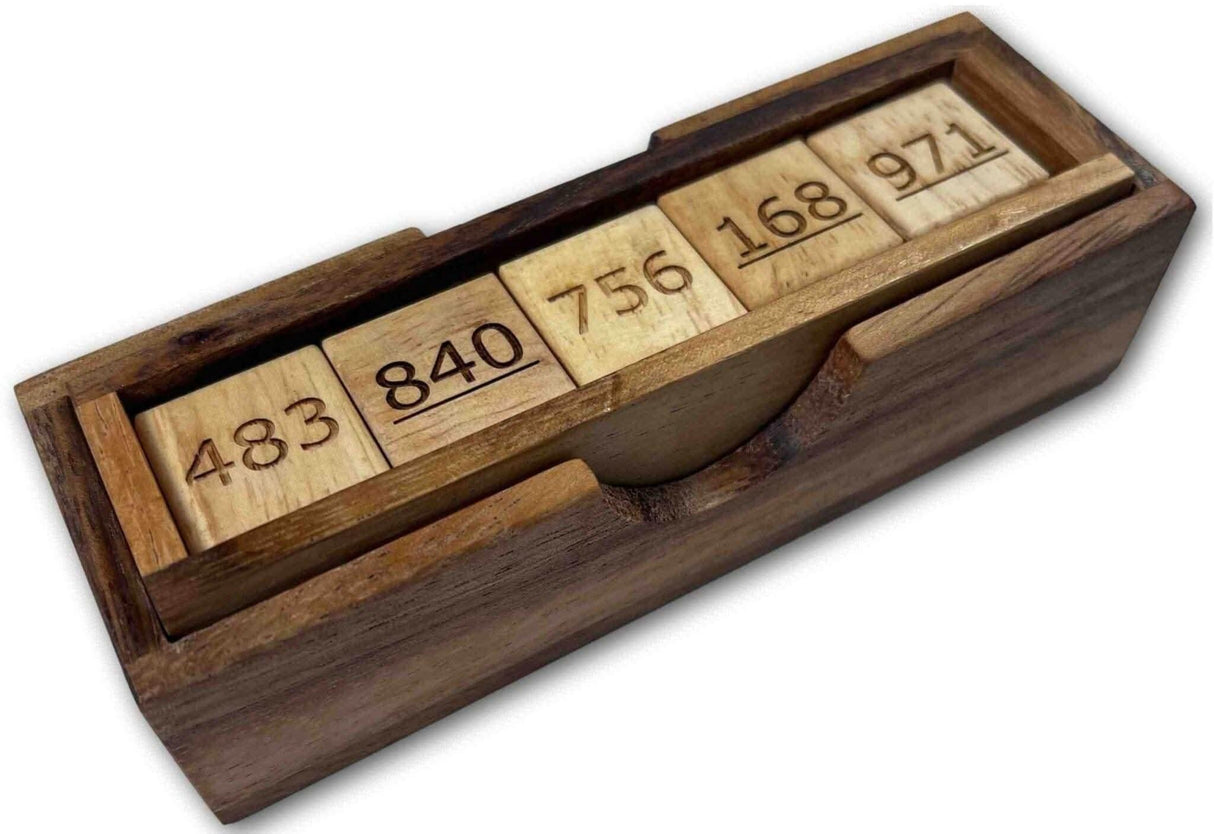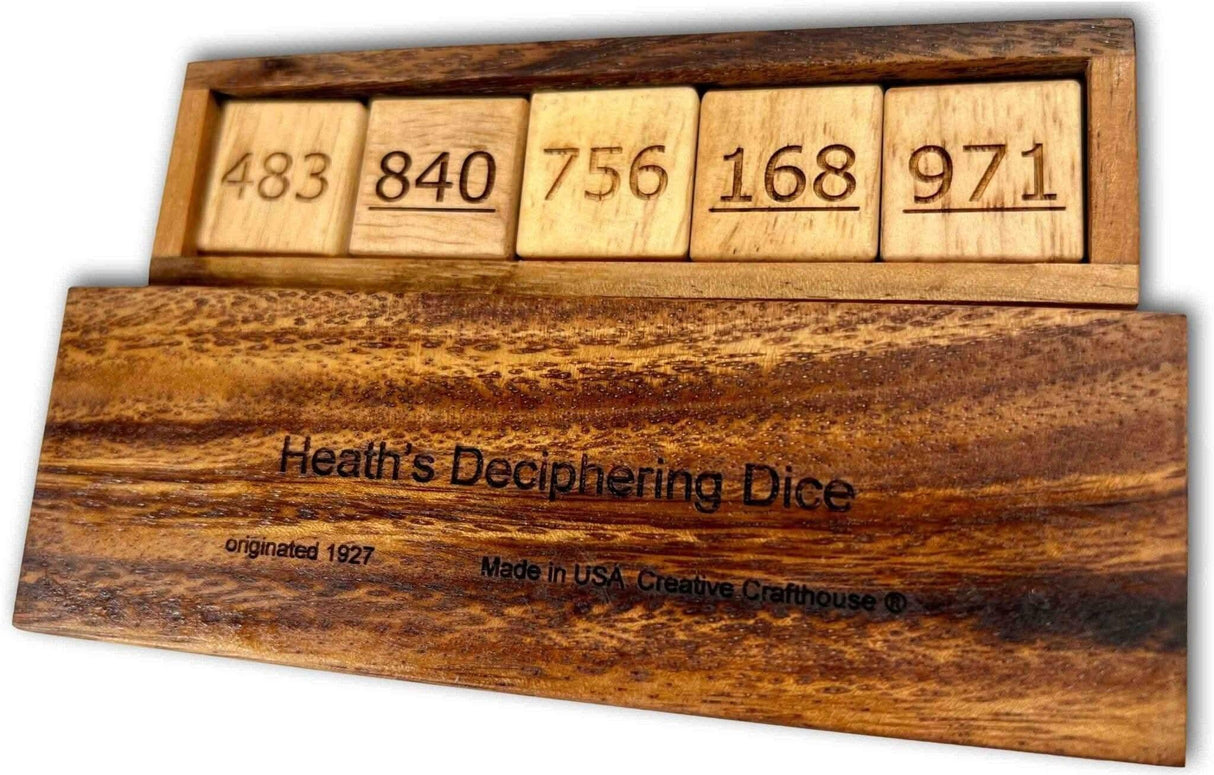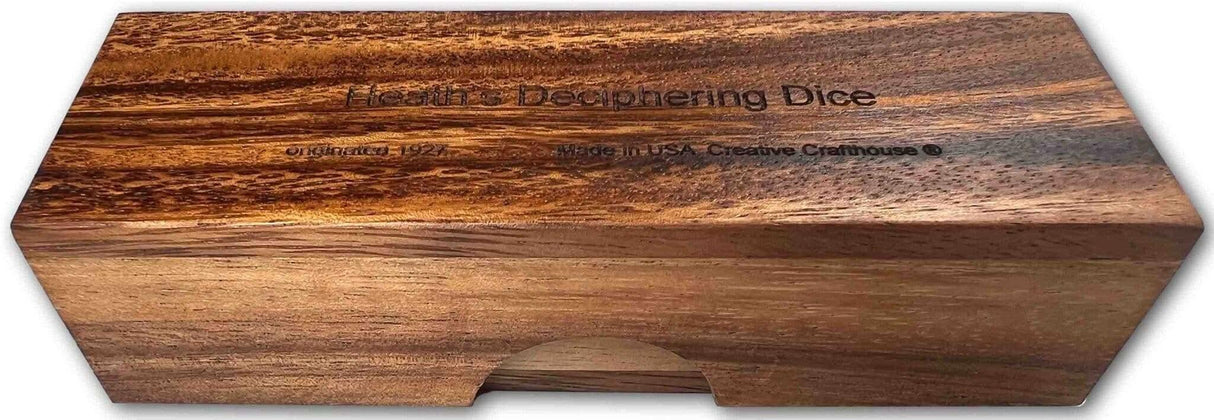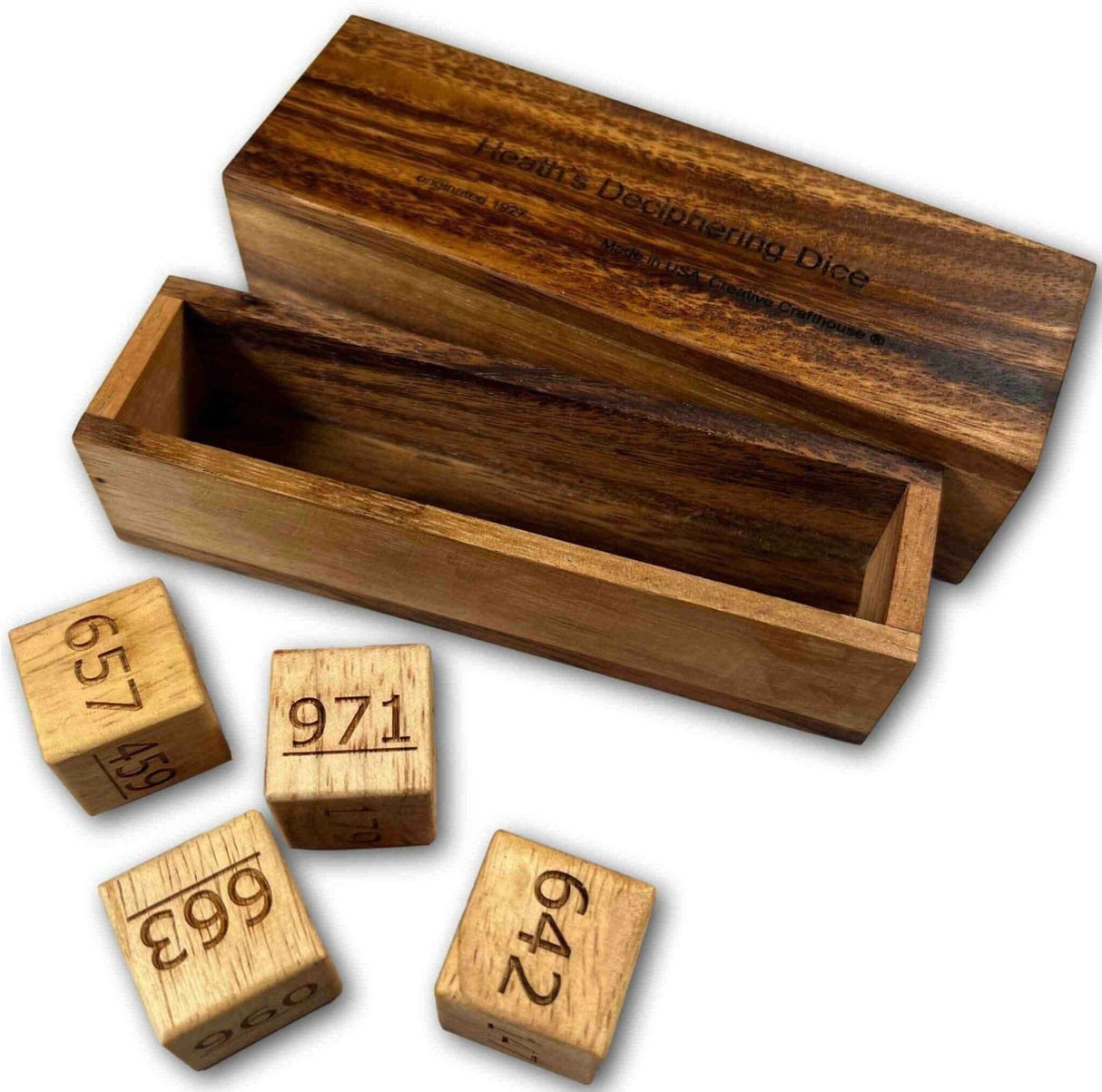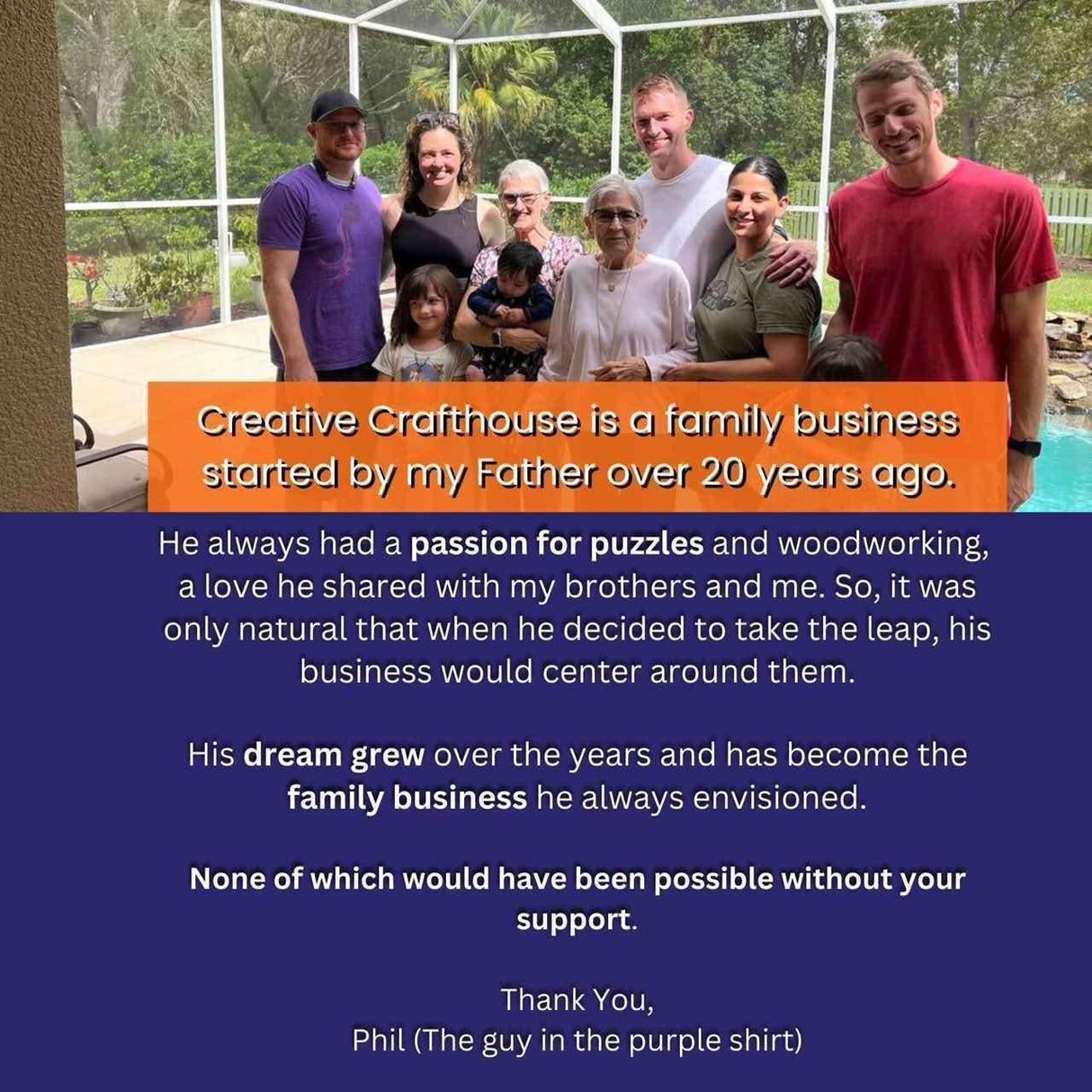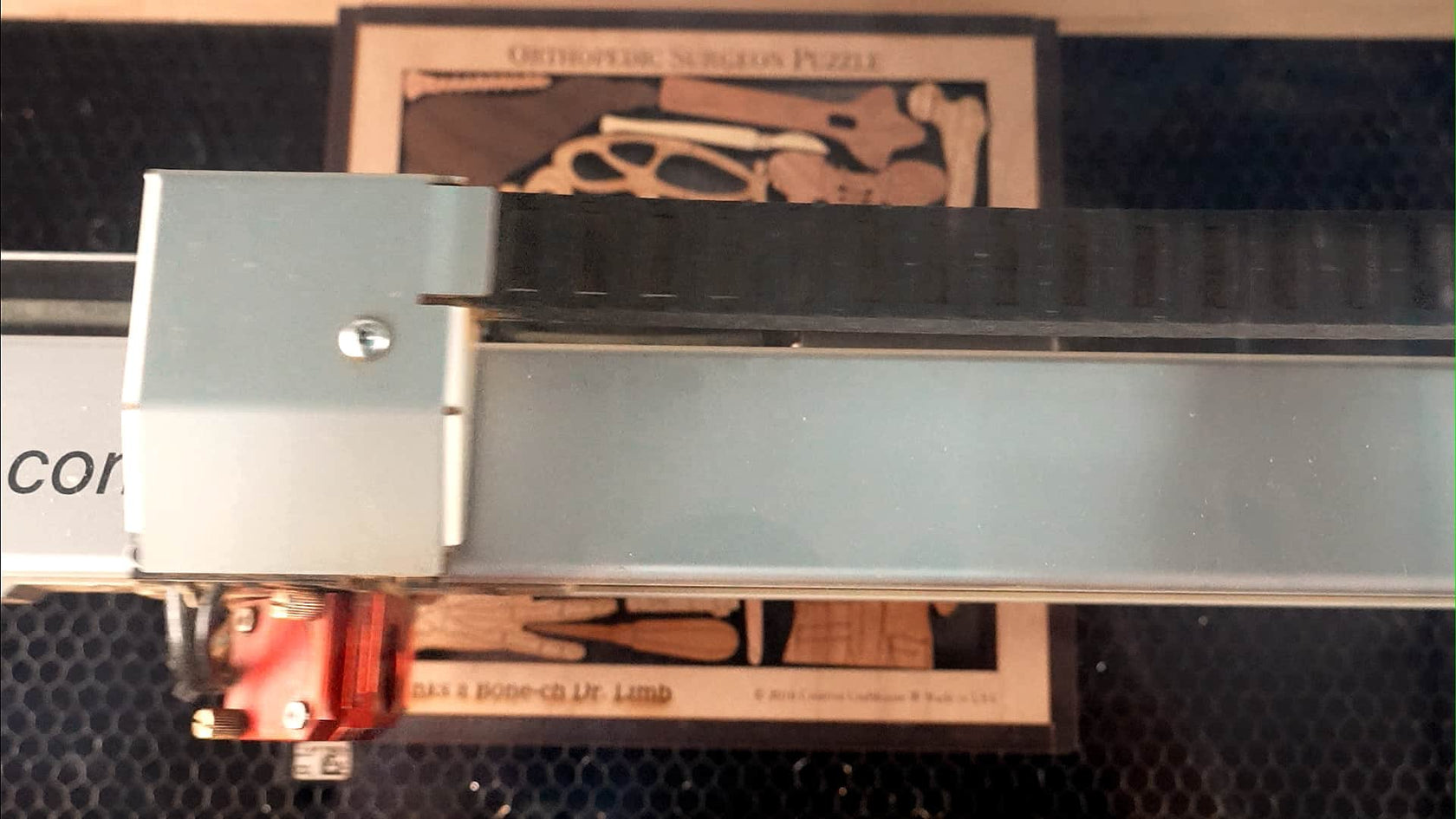Heath's Deciphering Dice | Complex Math Magic Trick
Heath's Deciphering Dice | Complex Math Magic Trick is backordered and will ship as soon as it is back in stock.
Couldn't load pickup availability
Delivery and Shipping
Delivery and Shipping
All standard orders normally ship within 1 business day.
Custom orders normally ship within 2 business days.
Description
Description
Heath's Deciphering Dice is a captivating blend of magic and mathematics. First introduced in 1927 by Royal V. Heath, this remarkable trick uses five laser-engraved dice to perform mind-blowing feats of mental math. With over 7,700 possible combinations, the magician can instantly reveal the sum of any roll, leaving audiences amazed.
Features & Details
- Includes 5 laser-engraved wooden dice
- Comes with a handcrafted wooden case (5.25" x 2.5" x 2")
- Based on a mathematical principle by Edmund Balducci
- Handmade in Spring Hill, Florida
Perfect for Gifting & Learning
Ideal for magicians, educators, and puzzle collectors. This timeless piece combines entertainment and educational value.
How It Works
The genius behind the dice lies in a clever number pattern, developed by Edmund Balducci and popularized by Heath. Each face of the dice displays a unique three-digit number. When rolled, the sum of these numbers always falls within one of 27 possible totals. This allows the magician, with simple mental addition, to quickly announce the correct total. The included dice patterns also enable more advanced magic routines, adding to their versatility.
Personalize it!
Personalize it!
Click YES above the quantity selector to add a personalized laser engraving to your puzzle or game.
- Perfect for gifts
- Business marketing opportunity
Recommended age group
Recommended age group
Difficulty level
Difficulty level
Payment & Security
Payment methods
Your payment information is processed securely. We do not store credit card details nor have access to your credit card information.
Personalize It!
Did you know we can add a custom laser engraving to every puzzle and game? Well, we can. Add a personal touch to your gift with a name or message.
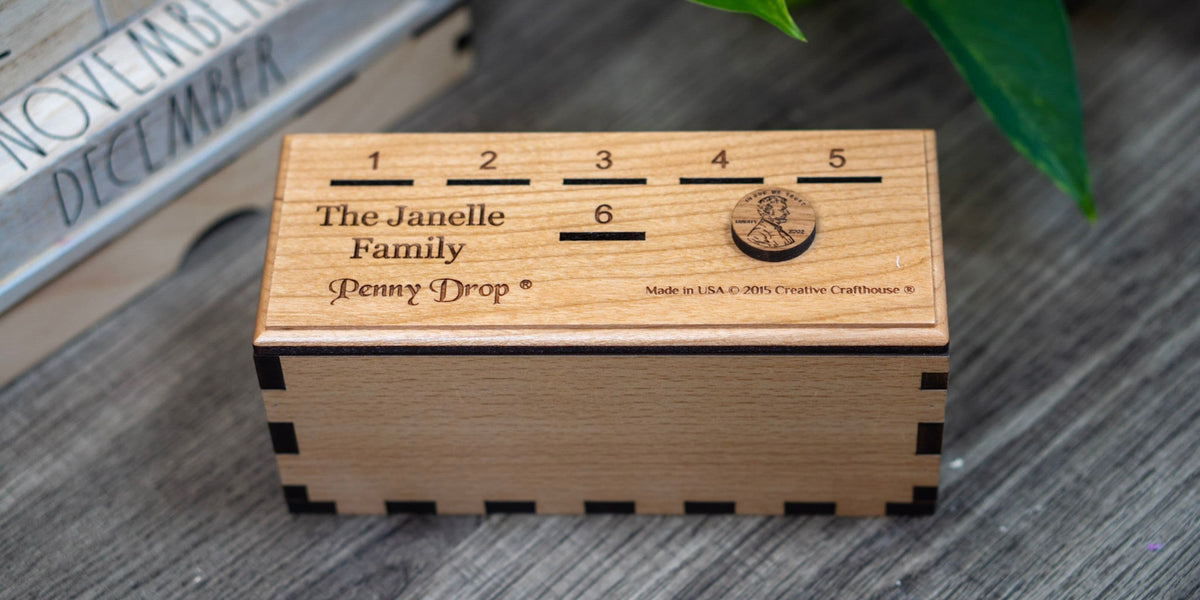
Collections for you
Frequently Asked Questions
Shipping
What countries do you ship to?
What countries do you ship to?
We ship all around the world. If you encounter an issue at checkout, please use the Chat Box to contact us. A real person will assist you.
How long will it take to receive my order?
How long will it take to receive my order?
Standard shipping normally takes 3-5 days. Next-day shipping is available on all domestic orders (for an additional charge). International shipping times vary depending on the product and destination (estimated at checkout).
Expedited shipping is available at checkout.
Returns and Refunds
How do I return a product?
How do I return a product?
Items must be returned within 30 days after receiving your order. Items must be returned in the same condition in which they were received, be unworn/unused, have any tags still attached, and include all the original packaging.
Custom/Personalized items can only be returned if we made a mistake on the customization/engraving.
How long will it take to receive my refund?
How long will it take to receive my refund?
Refunds are processed within 7 days from when we receive the item(s).
